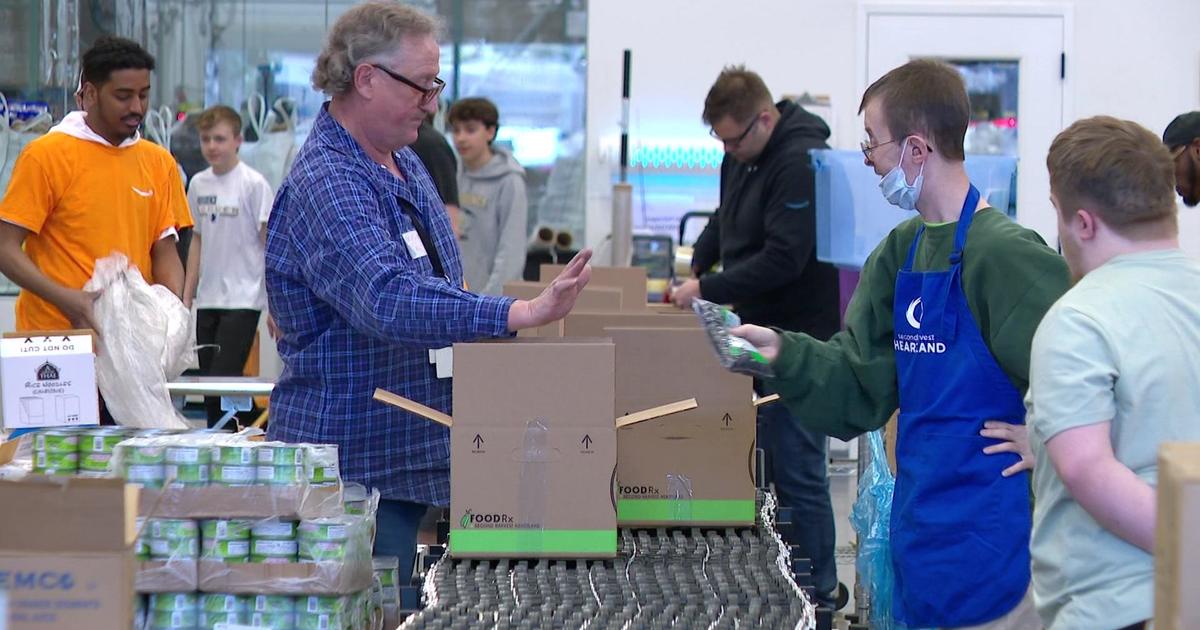Good Question: Where Is All The Heroin Coming From?
MINNEAPOLIS (WCCO) -- Investigators say 20-year-old Ahmad Gardi died from an apparent heroin overdose in Moorhead Tuesday night.
At least seven other people have died in north-central Minnesota in recent weeks.
The state says Violent Crime Enforcement teams took 82,000 doses of heroin off the streets last year. That is a 125-percent jump in just four years.
So where is all the heroin coming from?
What some might remember as heroin addiction from the 1970s is entirely different now.
"If you have some preconceived notion of what a heroin user looks like, we need to get rid of that," said Brian Marquart, the statewide gang and drug coordinator for the Minnesota Department of Public Safety. "The people that are in danger today, the people that are using heroin today can be anybody."
They can come from any age group, any income range and every area of the state. What is driving the change, say the experts, is the pill addiction problems in the United States. Prescription painkillers come from the same class of drugs as heroin.
Some people need a bigger hit than the prescription medicines can provide, but Marquart says there is generally more than that with the transition to heroin.
"It's multifaceted," Marquart said. "Either they can't steal or get those pills anymore or they became too expensive through the illicit market and heroin is the cheap alternative."
One dose of heroin can average between $20 and $50 depending on where you are. People can snort it, smoke it or ingest it.
The drug is an opiate made with the sap or resin of the poppy plant. It is then manufactured into heroin through clandestine labs in other countries.
Kent Bailey with the Minneapolis office of the Drug Enforcement Agency says heroin almost always comes from one of three areas: Colombia, Southeast or Southwest Asia and Mexico.
"It's morphed over time, like a lot of things, and we find that a large percentage of the heroin comes from our southern border states into Minnesota," said Hennepin County Sheriff Rich Stanek during a December press conference on what he calls the "heroin epidemic."
Heroin is often driven straight to Minnesota or can arrive to the state via Detroit and Chicago.
"I've seen it surgically implanted in puppies to cross the border," Bailey said.
People who take the drug cannot tell how pure it might be or whether it is mixed with something else, like morphine or fentanyl.
"It doesn't matter," Marquart said. "They're all dangerous."



